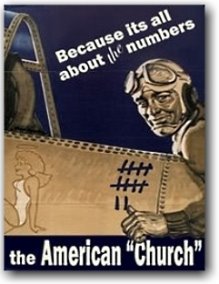
As you can see, if I were conveying a message about a person named Jenny, I could give you different ideas about who Jenny is simply by my medium choice. The message is exactly the same (J-E-N-N-Y), but the medium shapes the way you perceive the message.
In more recent times, television and the Internet are shaping our way of thinking simply because they are the predominant media of our day. One result of television viewing is shortened attention spans. For example, a typical television show will change the image you see every three seconds, on average. You are moved from one shot to the next in rapid succession in order to keep your attention. Watch a television show from the medium's early days. Better yet, place a child in front of an old TV show, and watch the temptation of boredom set in. You will notice things move at a much slower pace, and the shots and images are not changed as often.
So, in the end, messages can be enhanced, obscured, or obsolesced simply by the form of communication we use to transmit that message.
So, what does this mean on a Christian blog? You will have to tune in to part two to find out! But until then, think about how the Christian community transmits the Gospel of Christ. We hold good news! And that good news must be communicated with others. How do we do that? How is that done in America now?
. . . to be continued.
J.T.






You piqued my curiosity, but I think I see where this is going. Looking forward to part 2...
ReplyDelete